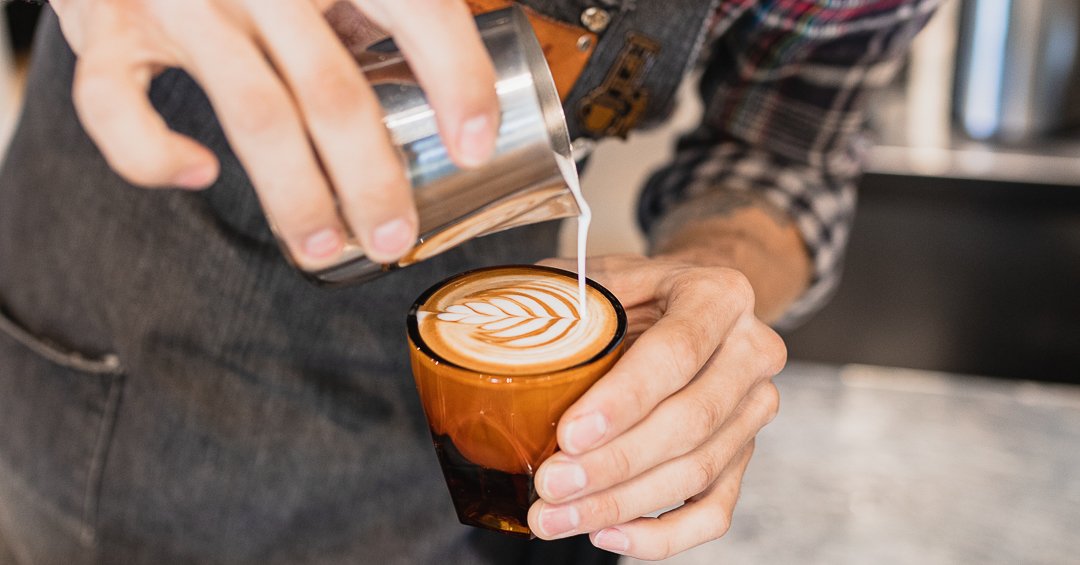Coffee Roast Levels & How They Affect Taste
The terms light, medium, and dark roast may sound very familiar to you, but have you ever wondered exactly what they mean? How they change the taste of your coffee? Or even if they alter the caffeine level in the beans? Then this blog post is for you! We’re talking coffee roast levels.
As we’ve discussed in previous blog posts, many things can affect the taste of coffee. Roast level is no exception!
In short, light roast allows more delicate tasting notes from the coffee to shine through. Think floral, berries, citrus. Medium roast still boasts some delicate flavors but combined with more caramel or toffee notes from the longer roast time. And dark roast does not highlight those delicate tasting notes so much as it has its own signature chocolatey, nutty tasting notes from all of the roast time.
That is a very abbreviated version of the different roast levels; of course this subject is very nuanced.
To further illustrate the varying degrees of roast, here’s what happens to the coffee seed throughout the roasting process…
Roasting coffee unlocks the flavors captured within the green beans. Green coffee beans— which are actually the seeds of the coffee cherry— are like a dried pinto bean or a dried pasta: they are full of flavor, but they must be heated for that flavor to be released. These seeds are very hard and dense, packed full of oils, aromas, and other enzymes that equal flavor. When the green beans are exposed to heat (through the roasting process) the moisture inside evaporates, the acids break down, and elements within the beans caramelize and change into flavor. Of course a lot of other things happen too, and they turn into the light-weight, brown coffee beans you’re familiar with.
So, as the beans are roasted and all of these chemical breakdowns are occurring, the roaster can choose to stop that process at any point in time.
Think of it as a sliding scale with green beans on one side and extremely dark (French roast) on the other. As the coffee beans slide along that scale from green to very dark, they go from green and flavorless to light with delicate flavor notes and high acid to medium with caramelized tasting notes and less acid to dark with roasty flavors and no perceptible acid.
But here’s the thing— the roaster can choose to stop it at any point along that scale. Maybe they think a certain coffee will taste great as a light-medium or somewhere just past medium. It’s not black and white, because different coffees need different levels of roast to highlight their own unique qualities.
Plus, everyone has their own taste preferences! Some people absolutely love a light-roast coffee that’s bursting with bright berry and floral tasting notes. Other people prefer a dark chocolatey coffee that holds up to cream and sugar.
The best way to learn about how roast levels affects the taste of coffees is to try all kinds of different coffees! From light to medium to dark, get out there are taste coffees from different roasters and different countries. You can order some from us right here!







